Keep your kids safe while they play with this Toy Safety Guide. This Toy Safety Guide contains toy safety tips plus expert advice from the Injury Prevention Manager at Dell Children’s Medical Center in Austin, Texas.
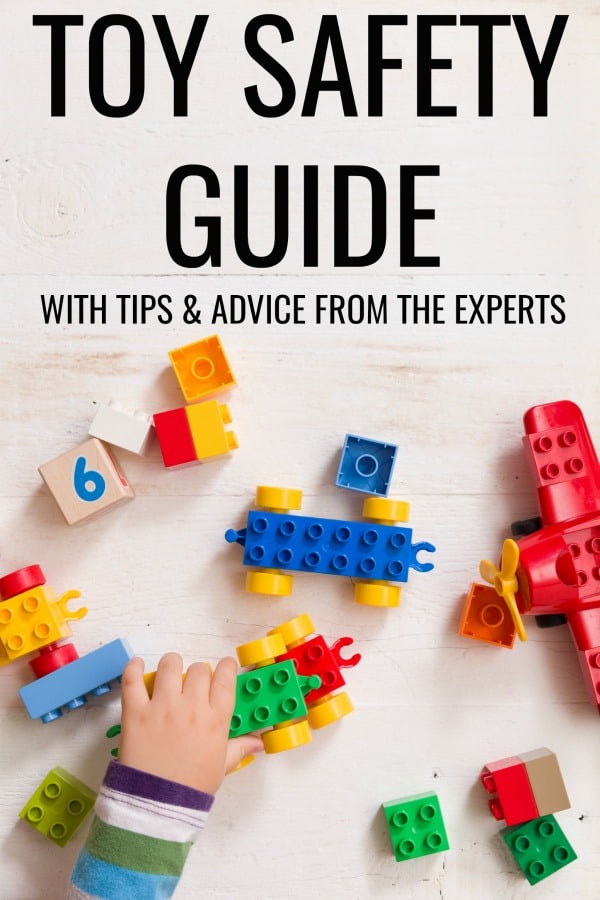
This Toy Safety Guide was sponsored by Dell Children’s Medical Center.
Toy Safety Guide: Keep Your Kids Safe While They Play
You may think that a toy is just a toy. Toys are marketed to, and for kids, so they should be safe. But sometimes toys aren’t as kid-friendly as they seem.
Before you go toy shopping again or as you’re cleaning up your child’s room, I encourage you to pin this toy safety guide so you have it handy and can share this info with others!
When we think about toy safety we usually think about babies and choking hazards. Or maybe even a hard fall (no toys required for this one). But I talked to one of the experts at Dell Children’s and found the most dangerous kids’ toys are things that older kids likely have and even hover parents wouldn’t think twice about letting their child use.
But first, let’s look at the most common injuries by age group. These findings are found by the CDC as a nationwide trend and locally as well.
Most Common Injuries by Age
Before we start looking at the toy-related injuries, I also wanted to identify the most common injuries by age group. Today I’ll be sharing an interview I had with Stewart Williams, injury prevention manager at Dell Children’s with injury prevention information and tips to keep your family safe. This facility provides care for kids through 18 years of age.
What are the most common injuries by age group?
As reported by the CDC:
- Under 1 – Suffocation (e.g., bed sharing with an infant)
- Age 1 – 4 – Drowning (e.g., pools and bathtubs)
- Age 4 – 24 – Motor vehicle traffic (e.g., car seats, seat belt, distracted driving)
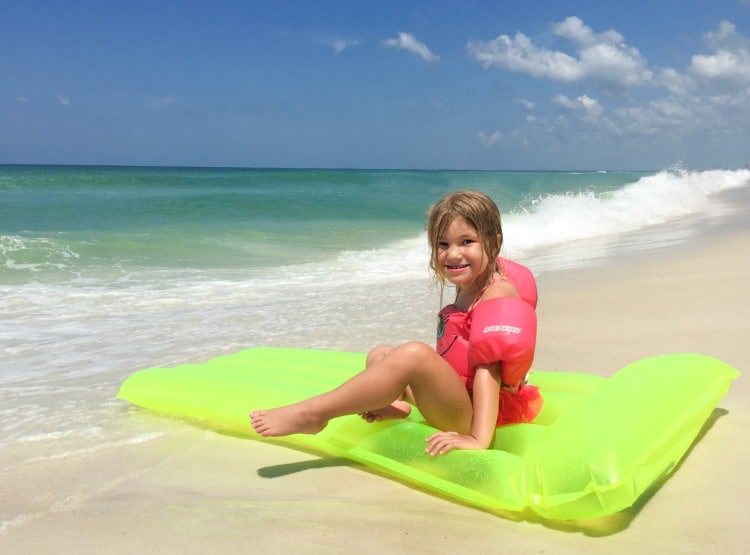
The City of Austin’s data report reflects this locally on page 79
- Under 1 – Suffocation.
- Age 1 – 4 – Drowning and motor vehicle
- Age 4 – 24 – Motor vehicle

Biggest Toy Safety Injury Reports
According to a 2015 report from the Consumer Product Safety Commission (CPSC), more than 250,000 toy-related injuries were reported by emergency departments like Dell Children’s. As I’m sure you can imagine, boys made up more than half of this number.
Kelly: I’ve read statistics from a 2015 Consumer Product Safety Commission that 45 percent of toy-related deaths in 2015 were caused by non-motorized scooters. Do you see a lot of scooter-related injuries at Dell Children’s Medical Center?
Stewart: This can be misunderstood if we focus on just a percentage. In 2016, there were seven reported toy-related deaths to the CPSC, of those seven deaths three (43 percent) were associated with riding toys. The denominator is important to understand here. 43 percent sounds high, when it is actually a very small number in direct counts.
While riding toy injuries do occur, the majority of Dell Children’s acute injuries that are seen by trauma services are fall injuries and motor vehicle crash-related injuries. Fall injuries are usually classified by the height of the fall. Under 1 meter, 1 meter to 6 meters, and over 6 meters high. Fall injuries make up a large number because there are many fall mechanisms (e.g., tripping, falling off a scooter, tree, etc.).
For children, most scooter falls will usually be from less than 1 meter high. In 2017, of all fall injuries treated by Dell Children’s trauma services, 34 percent were less than 1 meter in height. These injuries, while they can be serious, are usually orthopedic injuries. Another common injury is internal lacerations (e.g., spleen, liver, stomach) that result from the child landing on the device or another object. Some may result in head, neck, and spinal cord trauma. Very few pediatric falls result in death.
The average length of stay for a patient who suffered a fall injury who seeks treatment at Dell Children’s is just over 2 days. In addition, there may be a large number of injuries that come to the emergency department related to scooters who are treated for minor injuries but were never admitted.
Wheeled Toy Safety Tips
Kelly: Do you consider non-motorized scooters a dangerous toy? What safety precautions do you suggest for toys like scooters, bikes, roller skates, etc?
Stewart: There are injury risk factors associated with all devices, whether that be roller skates, a bike, scooter, monkey bars, bounce house or trampolines. Usually, what increases the risk of injury is the behaviors of the child while using the device. For example, ramps for bikes and scooters, whether the child is the appropriate age for the device, the child’s confidence level operating the device, whether a caregiver present, if the child wearing protective equipment like a helmet, how many other children are riding with them, and how fast they ride. Additional risks factors have to do with the equipment or environment. For example, where the child is riding (in the street or at a playground), whether the device has brakes, and if the handlebar grip has worn away on the ends exposing sharp metal tubing.
Age appropriate toys are important for safety. Maintenance of those toys is also critical. Caregivers should regularly inspect riding toys for wear and tear. Replace handlebar grips when they become worn, check to ensure that the brakes work, adjust handlebar height to the appropriate height for the child per the manufacture instructions. A caregiver’s engaged, active role is very important when supervising a child’s activity. Avoid distractions like reading, or phone use so you can readily attend to and respond to your child’s need. Safety devices like helmets, pads, gloves can also reduce injury severity. Have children ride in a secure location free of traffic and obstacles or other hazards.

What’s the most common toy-related injury?
Bumps, minor bruises and scratches are common toy-related injuries.
8 Tips for Children’s Toy Safety
You might remember me mentioning Dell Children’s Medical Center in my post on Colby’s febrile seizures. Well, today they have some suggestions to ensure you not only give safe toys but know which toy already in your home are safe. As with anything in life, common sense has probably given you a good idea of safe toys. Don’t overlook these tips!
1. Study the label and know the warnings and instructions for proper play. Share this with your child.
2. Shop for age-appropriate toys.
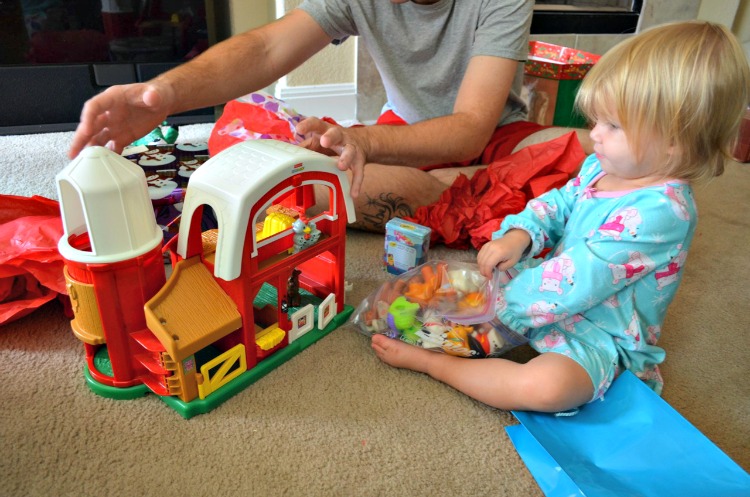
3. Buy toys that are bigger than your child’s mouth to avoid choking hazards. A good rule of thumb: if it fits through a paper towel or toilet paper tube, then its too small to play with.
4. Make a rule to use safety gear (helmets and pads) whenever your child uses a toy with wheels.
5. Check the sound levels on toys to prevent hearing damage.
6. Pay special attention to battery operated toys to ensure your child can’t remove the batteries. “Button-style” batteries are especially dangerous as they can cause potentially fatal internal burning if swallowed.
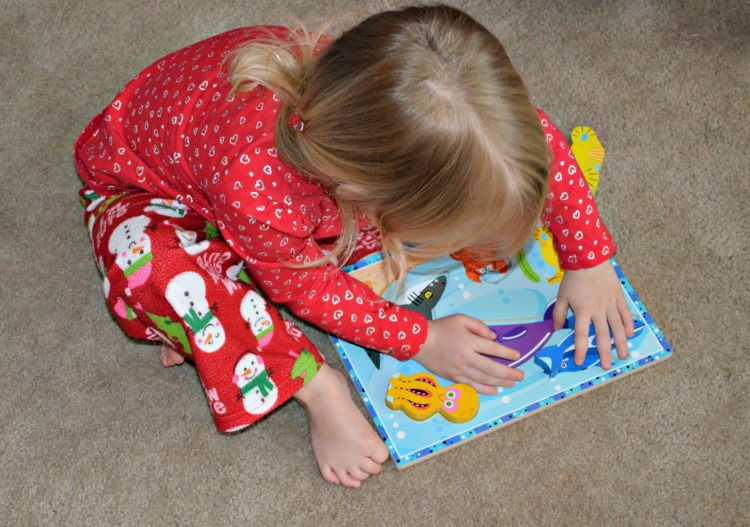
7. Opt for non-toxic toys when you can to avoid any exposure to potentially poisonous materials.
8. Most importantly, actively supervise your child. You’re likely to give them more freedom as they get older, but knowing the potential dangers for their age and engaging in their play is key.

Kelly: What are the top five toys that Dell Children’s Medical Center uses in the facility and have the lowest risk of safety concerns?
Stewart: Age-appropriate toys. I cannot speak to the specifics of the different types of toys. Toys that are provided here are done so with a lot of precautions.
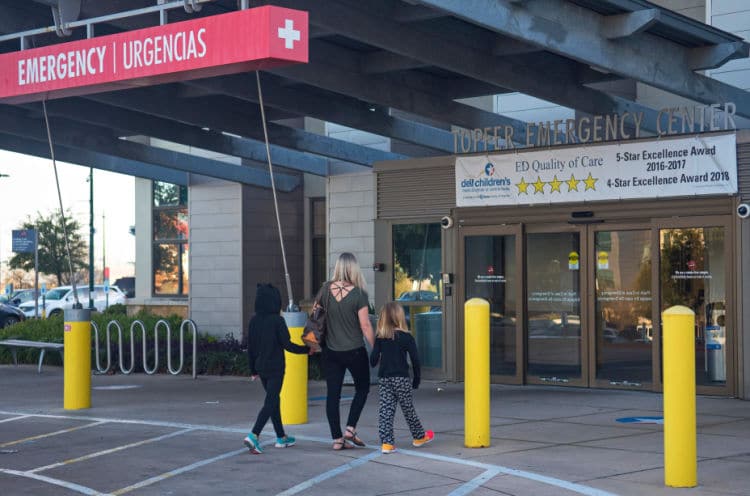
Playrooms are divided by age range and consist of age-appropriate toys for the children. Playrooms are often monitored by staff and caregivers. Additionally, volunteers who provide toys to patients in their room, only provide them per the child’s age.
If you’re in the Austin area and you’d like to donate to the kids at Dell Children’s Medical Center, make sure to check out this link. It has all of your questions answered as well as a wish list of the most needed items.

